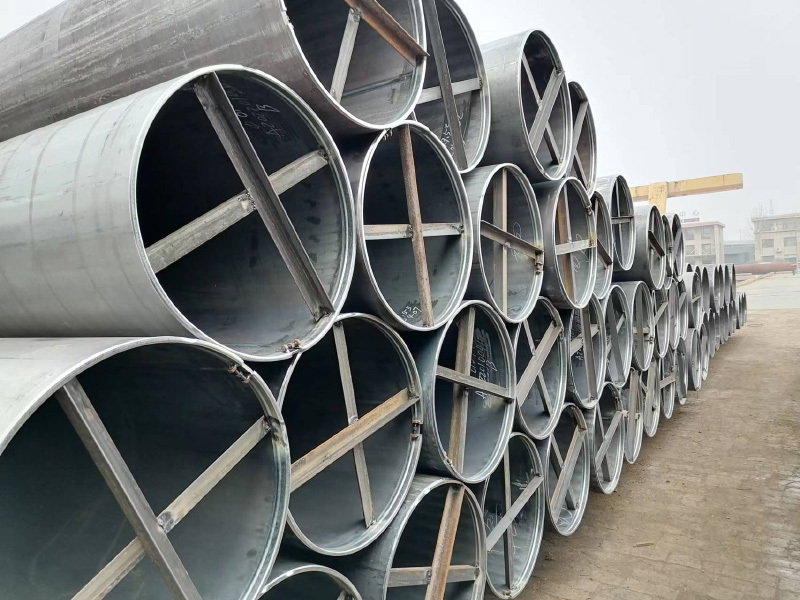Understanding API 5CT Tubing: Key Insights for Industry Professionals

API 5CT tubing is a specific standard established by the American Petroleum Institute (API) that outlines the specifications for casing and tubing used in the oil and gas industry. This standard ensures that the materials and processes used in the manufacturing of these products are of high quality and suitable for the rigorous conditions found in oil and gas extraction processes. Understanding API 5CT tubing is crucial for professionals in the automotive and petroleum sectors, especially those involved in the production and implementation of oil transport systems.
Primarily, API 5CT tubing is designed to facilitate the safe and efficient transport of oil and gas from subsurface reservoirs to the surface. The tubing serves as a conduit that protects the borehole from collapse and prevents the escape of hydrocarbons into surrounding formations. This not only ensures the safety of operations but also preserves the integrity of the environment.
One of the key aspects of API 5CT tubing is its classification based on yield strength. The tubing is available in various grades, including H-40, J-55, K-55, L-80, and P-110. Each of these grades indicates a different level of strength and suitability for specific applications. For instance, higher grades like P-110 are ideal for high-pressure environments, while lower grades may be used for less demanding conditions. Understanding the specific requirements of your application is vital for selecting the appropriate grade of tubing.
Another important consideration is the coating and finishing options available for API 5CT tubing. These coatings can enhance the tubing's resistance to corrosion, particularly in harsh environments where exposure to chemicals and moisture is likely. This is essential for prolonging the lifespan of the tubing and reducing maintenance costs.
The manufacturing process of API 5CT tubing involves rigorous quality control measures to ensure compliance with the established standards. This includes testing for mechanical properties, dimensional accuracy, and the presence of any defects. Such thorough checks are necessary to ensure that the tubing can withstand the demands of oil and gas extraction processes without failure.
Moreover, API 5CT tubing is also crucial in the context of environmental protection. With the increasing emphasis on sustainable practices in the oil and gas industry, the reliability and safety of transport systems are paramount. API 5CT tubing plays a significant role in minimizing risks associated with oil spills and other environmental hazards.
In conclusion, API 5CT tubing is a fundamental component in the oil and gas industry, specifically designed to meet the rigorous demands of transport systems. Professionals in the automotive and petroleum sectors must have a comprehensive understanding of its specifications, classifications, and applications to ensure the effectiveness and safety of their operations. By staying informed about the critical aspects of API 5CT tubing, industry professionals can contribute to safer and more efficient oil and gas extraction processes.
Primarily, API 5CT tubing is designed to facilitate the safe and efficient transport of oil and gas from subsurface reservoirs to the surface. The tubing serves as a conduit that protects the borehole from collapse and prevents the escape of hydrocarbons into surrounding formations. This not only ensures the safety of operations but also preserves the integrity of the environment.
One of the key aspects of API 5CT tubing is its classification based on yield strength. The tubing is available in various grades, including H-40, J-55, K-55, L-80, and P-110. Each of these grades indicates a different level of strength and suitability for specific applications. For instance, higher grades like P-110 are ideal for high-pressure environments, while lower grades may be used for less demanding conditions. Understanding the specific requirements of your application is vital for selecting the appropriate grade of tubing.
Another important consideration is the coating and finishing options available for API 5CT tubing. These coatings can enhance the tubing's resistance to corrosion, particularly in harsh environments where exposure to chemicals and moisture is likely. This is essential for prolonging the lifespan of the tubing and reducing maintenance costs.
The manufacturing process of API 5CT tubing involves rigorous quality control measures to ensure compliance with the established standards. This includes testing for mechanical properties, dimensional accuracy, and the presence of any defects. Such thorough checks are necessary to ensure that the tubing can withstand the demands of oil and gas extraction processes without failure.
Moreover, API 5CT tubing is also crucial in the context of environmental protection. With the increasing emphasis on sustainable practices in the oil and gas industry, the reliability and safety of transport systems are paramount. API 5CT tubing plays a significant role in minimizing risks associated with oil spills and other environmental hazards.
In conclusion, API 5CT tubing is a fundamental component in the oil and gas industry, specifically designed to meet the rigorous demands of transport systems. Professionals in the automotive and petroleum sectors must have a comprehensive understanding of its specifications, classifications, and applications to ensure the effectiveness and safety of their operations. By staying informed about the critical aspects of API 5CT tubing, industry professionals can contribute to safer and more efficient oil and gas extraction processes.


评论
发表评论